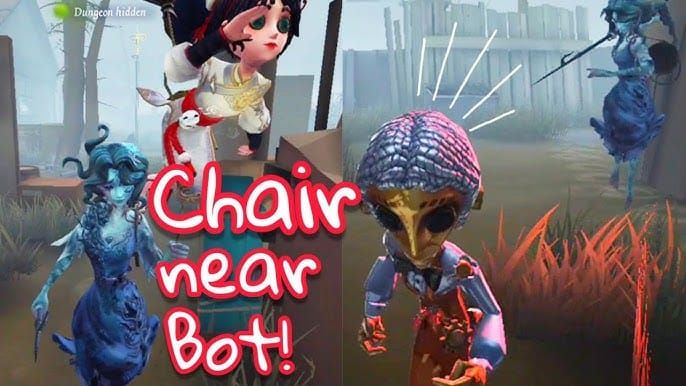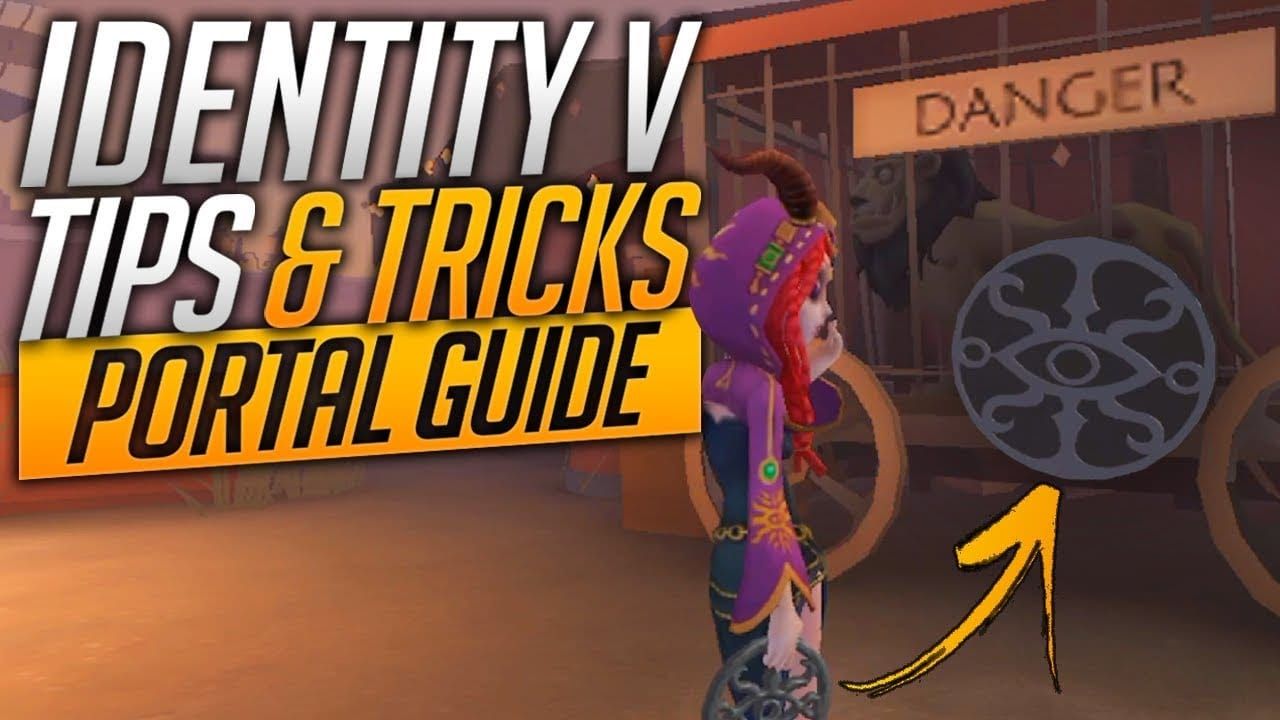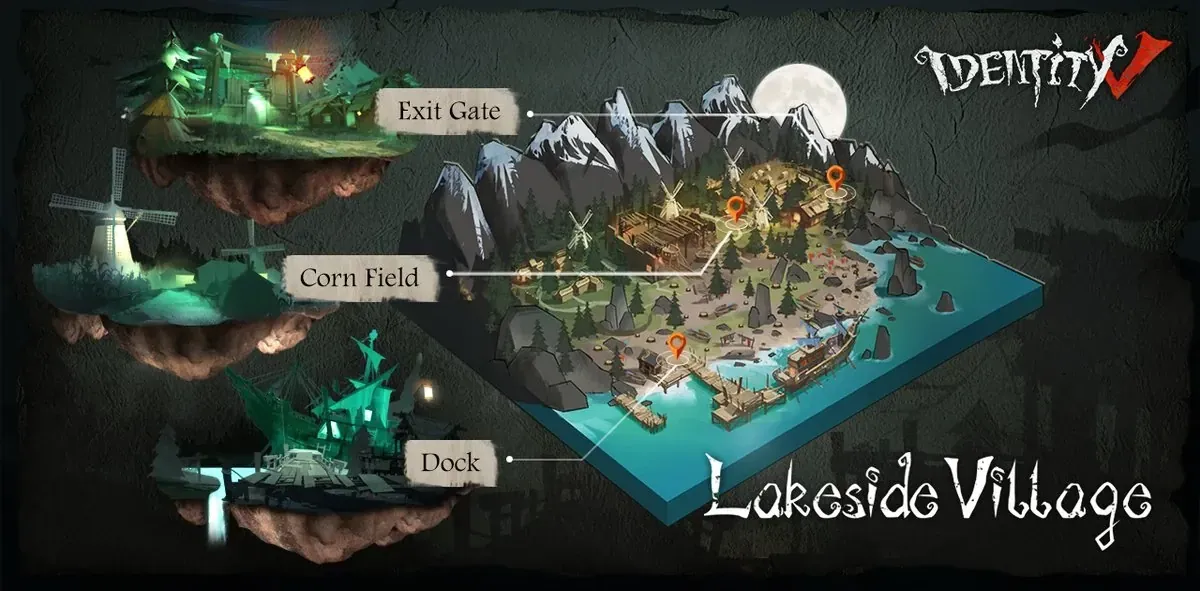The 2025 Identity V meta emphasizes fast decoding and strategic rescues, with S-tier survivors like Mechanic, Priestess, and Seer dominating ranked play through superior utility and team synergy. New adjustments to rescue mechanics and the upcoming Lanternist release are reshaping competitive strategies.
What's Actually Changed in the 2025 Meta (And Why It Matters)
Season 39 hit different than most of us expected. Those rescue speed buffs? We're talking 10-15% faster chair saves, which completely flips the script on camping strategies. Meanwhile, healing got nerfed by 5-10% efficiency – and honestly, it shows.
The real game-changer drops October 10th with Lanternist. This survivor's Living Image ability essentially freezes time for positioning, plus that +10% invisible soul movement speed is no joke. Static Projection bumps cipher interaction by another 10%, and here's the kicker – Optical Illusion makes dropped pallets indestructible for up to 1.5 seconds. That's enough to completely shut down certain hunter combos.
Current hunter meta leans heavily into mobile picks like Violinist and Dream Witch. Translation? You need survivors who can actually escape, not just tank hits. For those serious about climbing ranked, Identity V Echoes recharge through BitTopup gets you the persona builds you need without the grind – instant delivery, competitive pricing, the works.
The Real Tier List (No Fluff)
S-Tier: These Win Games

Mechanic isn't just good – she's broken in the right hands. That robot companion decodes at 200% speed when left alone

, and here's what most players miss: it's completely immune to hunter abilities. While you're getting chased across the map, your little metal friend is single-handedly winning the match.
Priestess controls space like no other survivor can. Those portals aren't just escape routes

– they're hunter stuns, team repositioning tools, and psychological warfare all rolled into one. Sure, she vaults slower, but when you can literally teleport your entire team to safety, who needs windows?
Seer gives everyone extra lives. Period. Those owl shields absorb hits that would otherwise end careers, and the hunter revelation keeps your team three steps ahead. In a game where information wins matches, Seer's basically playing with wallhacks.
Antiquarian disrupts everything hunters try to do. That flute interruption mechanic breaks up ability combos while maintaining solid kiting potential. She's the ultimate no, you don't survivor.
A-Tier: Solid Picks That Get Results
Mercenary tanks three hits and extends chair time by 30%. He's the rescue king for a reason – those elbow pads turn him into a walking safety net for your team's mistakes.
Forward plays offense better than anyone else. Rugby ball stuns let you dictate hunter positioning, but timing is everything. Miss that stun, and you're just another survivor with a sports equipment fetish.
Prospector manipulates physics itself. Magnet mechanics control hunter movement in ways that'll make them question their life choices. Advanced players can extend kites indefinitely with proper magnet placement.
Enchantress stacks curses like she's collecting trading cards. Reliable stuns, team support, adapts to any situation – she's the Swiss Army knife of survivors.
B-Tier: Niche but Effective
Female Dancer, Barmaid, and Entomologist each excel in specific scenarios but come with significant trade-offs. Female Dancer's music boxes provide team-wide buffs if you can position correctly (big if). Barmaid's drink system offers healing and speed boosts, but resource management becomes a mini-game within the game.
C-Tier: Limited Impact
Lawyer and Gardener struggle to justify their roster spots. Lawyer's hunter revelation provides intel but lacks escape tools. Gardener's self-protection helps personal survival but offers minimal team value. They're not terrible – just outclassed by almost everyone else.
S-Tier Deep Dive: Why These Survivors Dominate
Mechanic: The Decode Machine
Here's what separates good Mechanic players from great ones: robot positioning. Place that thing at distant ciphers before chases start, not during. The robot maintains 200% decode speed regardless of what's happening to you – use that immunity.
Optimal persona builds focus on Enhanced Robot and Mechanical Mastery. Don't sleep on Knee Jerk Reflex either – that 20-30% post-vault speed boost can extend kites significantly.
Priestess: Space Control Master
Advanced Priestess play involves cutting off hunter patrol routes entirely. Create portal networks that give your team mobility options hunters can't predict. Yes, slower vaulting hurts, but portal escapes more than compensate.
Pro tip: Portal placement timing matters more than location. A perfectly timed portal can stun hunters mid-ability, completely disrupting their game plan.
Seer: Information Warfare
Owl shields aren't just defensive tools – they're psychological weapons. Hunters play differently when they know their attacks won't connect. Use that hesitation to extend kites and create openings for teammates.
Strategic owl deployment requires reading hunter behavior patterns. Deploy shields when hunters commit to attacks, not before they decide to swing.
A-Tier Analysis: Reliable Ranked Climbers
Coordinator: The Versatile Support
Coordinator shines on smaller maps like Red Church where flare gun range covers key areas effectively. That 60% decoding debuff when chaired stings, but 30% longer chair duration often makes the difference between successful rescues and team wipes.
Timing flare gun stuns requires predicting hunter movement patterns. Don't just shoot when convenient – shoot when it'll create maximum disruption.
Perfumer: Escape Artist Extraordinaire
Perfume teleportation mechanics provide unmatched kiting potential when mastered. The key? Perfume placement before you need it, not during panic moments. Advanced players use teleportation to dodge specific hunter abilities with frame-perfect timing.
Character selection should always consider map layout and hunter type. Mercenary works everywhere but excels on larger maps. Coordinator dominates compact spaces where flare gun range becomes oppressive.
Map-Specific Strategies That Actually Work
Large Maps: Mobility Is King

Lakeside Village and Moonlit River Park punish survivors without enhanced mobility options. Mercenary's delayed injury provides crucial time advantages during extended chases. Priestess portals enable rapid repositioning across vast distances that would otherwise doom your team.
Seer's owl coverage becomes essential when teammates spread across large areas – that revelation range can save lives from across the map.
Small Maps: Quick Thinking Required
Red Church and Arms Factory demand efficient space usage and rapid rotations. Coordinator's flare gun achieves maximum impact due to reduced range requirements. Forward's rugby ball stuns become devastating in confined spaces where hunters can't easily avoid them.
Perfumer's teleportation provides crucial escape options when kiting space runs out – and on small maps, it runs out fast.
Multi-Story Maps: Vertical Advantages
Hospital and Sacred Heart Hospital reward survivors who utilize elevation changes effectively. Priestess portals enable vertical movement that bypasses traditional pathing entirely. Mercenary's elbow pads provide reliable vertical mobility for rescue operations across floors.
Seer's owl revelation becomes invaluable for tracking hunter movement between levels – information that can prevent ambushes and coordinate team positioning.
Counter-Picking: Beating Popular Hunters
Shutting Down Photographer
Photographer's camera world freezes most survivors, but Mechanic's robot keeps working. That continued decode progress during photo phases often determines match outcomes. Priestess portals enable rapid positioning to protect vulnerable teammates from elimination attempts.
Seer's owl shields protect against camera world eliminations while revelation tracks movement between worlds – crucial for coordinating escapes.
Countering Violinist's Strings
String-based control requires survivors with strong evasion capabilities. Perfumer's teleportation completely bypasses string constraints. Priestess portals provide escape routes that ignore string placement entirely.
Forward's rugby ball disrupts string setup if timed correctly. The key strategy involves spreading team positioning to minimize string impact and coordinating rescues during ability cooldowns.
Dealing with Dream Witch Followers
Multiple follower threats demand survivors capable of handling simultaneous pressure. Seer's owl provides crucial follower position information while shields protect against coordinated attacks from multiple sources.
Mechanic's robot enables continued progress despite follower pressure. Priestess portals allow escape from follower encirclement – often the difference between team wipes and successful escapes.
Persona Builds That Actually Matter
S-Tier Optimization
Mechanic builds should prioritize robot enhancement through Enhanced Robot and Mechanical Mastery. Include Knee Jerk Reflex for those crucial post-vault speed advantages – 20-30% speed boosts can extend kites by entire minutes.
Priestess builds focus on portal efficiency, reducing cooldown and increasing range. Seer builds emphasize owl optimization through duration and shield improvements, plus decoding buffs like Euphoria for when you're not actively supporting.
Situational Adjustments
Against mobile hunters, prioritize escape and kiting talents over utility enhancements. When facing camping hunters, emphasize rescue and healing talents instead. Map-specific adjustments include mobility talents for large maps and stealth options for compact environments.
Team coordination enables specialized builds. One survivor focuses purely on decoding while others emphasize rescue and protection roles. Communication tools and coordination talents improve information sharing and synchronized ability usage.
Team Composition: What Actually Works
The Meta Template

Mechanic-Priestess-Mercenary-Seer provides comprehensive coverage. Mechanic handles fast decoding, Priestess enables repositioning, Mercenary manages rescues with three-hit tanking, Seer offers protection and information. This composition addresses every major game scenario.
Alternative setups like Toy Merchant-Barmaid-First Officer-Enchantress focus on evasion strategies. These work against specific hunter types but require more coordination to execute effectively.
Specialized Strategies
Decoding Daredevils employs 2-3 decoders to pressure hunters through rapid completion. Coordination prevents early captures while maintaining decode pressure.
Kite Squad uses multiple kiters to maintain constant distraction, allowing extended decoding time. This strategy requires excellent individual kiting skills from multiple team members.
Rescue Rangers prioritizes multiple rescuers to hinder capture attempts, paired with fast decoders for efficiency. This approach counters camping strategies effectively.
For competitive optimization, Identity V Echoes buy online through BitTopup ensures quick access to persona upgrades with secure transactions and 24/7 customer support.
Communication That Wins
Effective teams use standardized signals and role-specific callouts. Decoders signal cipher progress and hunter proximity. Kiters communicate chase duration and assistance needs. Rescuers coordinate timing and positioning to avoid double rescues or unsafe attempts.
Ranking Up: Advanced Tips and Avoiding Common Mistakes
Solo Queue vs Team Play
Solo queue demands self-sufficient survivors like Seer and Mercenary who provide individual impact while supporting random teammates. Team play enables specialized strategies and coordinated ability usage, maximizing each survivor's potential through precise timing and role specialization.
Mistakes That Cost Matches
Rescue Timing Errors: Never rescue during hunter blink or excitement abilities. Check hunter ability status before attempts and wait for safe windows – patience saves lives.
Insufficient Kiting Duration: Practice extending kites over 60 seconds for significant decode advantages. Those extra minutes often determine match outcomes.
Poor Healing Rotation: Rotate healing duties among teammates at hidden spots away from hunters. Centralized healing creates easy targets for area-of-effect abilities.
Tracking Performance
Monitor average kite duration, rescue success rate, and cipher contribution to identify improvement areas. Track win rates with different survivors to optimize character selection. Analyze match replays to identify positioning errors and timing mistakes – measurable progress requires measurable data.
Future Meta Predictions and Adaptation
Confirmed Changes Coming
Season 39's end brings rescue speed buffs of 10-15% and Knee Jerk Reflex improvements, while healing talents face 5-10% efficiency reductions. Confirmed survivor buffs include Perfumer (teleport range/cooldown), Lawyer (map reveal duration), Naiad (water trail effects), and Priestess (portal durability/range).
Emerging Strategies
Lanternist's mechanics suggest assist-focused strategies gaining prominence. Portal and magnet synergies between Priestess, Prospector, and Lanternist may create powerful control compositions that manipulate hunter movement while maintaining escape options.
The trend toward faster gameplay and reduced healing efficiency suggests survivors with strong active abilities will continue gaining prominence over passive options.
Long-term Viability
S-tier survivors maintain strong viability through fundamental utility that addresses permanent game mechanics like decoding, positioning, and protection. These core functions remain relevant regardless of balance changes, making them safe long-term investments for serious players.
FAQ: Your Questions Answered
What makes Mechanic the top S-tier survivor in 2025? Mechanic's robot provides 200% decoding speed while remaining immune to hunter abilities, enabling consistent progress during chases with unmatched multitasking capability.
How do Season 39 changes affect survivor rankings? The 10-15% rescue speed buff and healing nerfs shift meta toward active rescue strategies, benefiting Mercenary and Coordinator while reducing passive healing value.
Which survivors work best for solo queue? Seer and Mercenary excel through individual impact and teammate support without requiring complex coordination with random players.
What team composition offers the best synergy? Mechanic-Priestess-Mercenary-Seer provides optimal synergy with fast decoding, repositioning, reliable rescues, and consistent protection covering all game scenarios.
How should players adapt to Lanternist's release? Practice portal and positioning synergies while preparing for dynamic compositions emphasizing ability coordination and space control.
What critical mistakes should be avoided? Avoid rescuing during hunter abilities, maintain 60+ second kites, and establish proper healing rotation to prevent elimination cascades that end matches prematurely.

